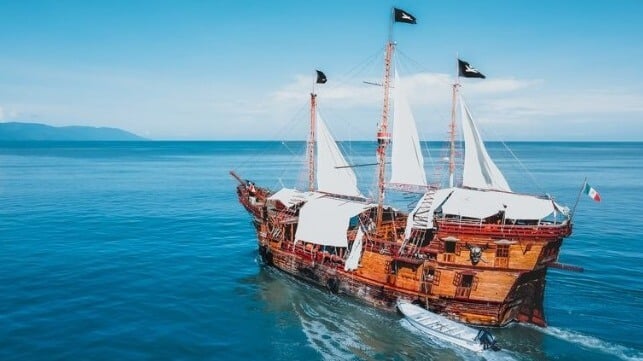Members of the Alliance of Major Offshore Wind Ports in Europe met at Associated British Ports London office, as part of their ongoing collaboration to address challenges and opportunities facing the offshore wind industry and discuss how ports can accelerate the energy transition.
The Alliance represents seven of Europe’s leading offshore wind ports and ports groups, including Associated British Ports (ABP) in the UK, Port of Oostende in Belgium, Groningen Seaports/Eemshaven in the Netherlands, Niedersachsen Ports/Cuxhaven in Germany, Nantes-Saint Nazaire Port in France, Port Esbjerg in Denmark and the Port Szczecin – Swinoujscie in Poland.
ABP joined the Alliance in 2023 and is the only ports group in the UK to be represented, demonstrating the international recognition of the importance of the UK’s leading ports operator in supporting growth in offshore wind.
Andy Reay, Head of Offshore Wind at Associated British Ports (ABP), commented: “We were delighted to welcome European port leaders to ABP and share ideas of how we can work together to ensure the offshore wind industry, which is vital to the energy transition, continues to thrive.”
“We’re honoured to represent the voice of UK ports in this Alliance because there is real offshore wind momentum here. To bring this to life – in the same week as this meeting, we have seen the Secretary of State for Energy and Net Zero, Ed Miliband, open ABP’s Lowestoft Eastern Energy Facility (LEEF), which will support both operations and maintenance activities and the construction of new offshore wind turbines in the North Sea.
“From current offshore wind successes such as the expansion of Siemens Gamesa’s offshore wind blade manufacturing facility at Green Port Hull to future opportunities to create prosperity, jobs and a green future such by supporting the development of floating offshore wind in the Celtic Sea – ports have a significant role to play in making offshore wind targets a reality.”
Key themes which came to the fore during the meeting, included:
Need for pan-European approach – This applies especially in relation to port utilisation and capacity development planning. Adopting an integrated approach can help deliver greater efficiencies, insights sharing and accelerate the journey towards offshore wind targets. Climate change is a shared challenge which transcends national borders, further strengthening the case for international collaboration.
Continued commitment to Offshore Wind in Europe – In the global race to become offshore wind leaders, European ports continue to expand their understanding of the future demand profiles for offshore wind requirements of port users. They are undeterred by recent turmoil caused by inflation, supply chain tension and higher interest rates which have affected some offshore wind projects due to rising costs. The Alliance of Major Offshore Wind Ports is firmly committed to overcoming these temporary challenges and believes there is a promising future for offshore wind in Europe.
Importance of strategic management of property portfolio – Offshore wind projects often have significant land and infrastructure requirements. This accentuates the importance of strategic management of port capacity to ensure optimal space planning and allocation to benefit all port users.
Port users are adopting a long-term view – Ports have observed an interesting trend in recent years involving port users, who are increasingly viewing ports as strategic assets and delivering a pipeline of projects rather than considering individual projects in isolation. Adopting a long-term approach to project management brings a host of benefits to port users, including more competitive rates, greater stability and the certainty of having the space they need to future-proof their operations.
Ports continue to play a pivotal role in their customers’ decarbonisation journeys – Ports are planning and in many cases are ready to invest in infrastructure upgrades to decarbonise their own operations and help their customers reduce their emissions. However, to be able to unlock this potential, a clearly defined pathway and demand use case to make these investments in a timely manner, are needed.
The Major Offshore Wind Ports Alliance is committed to sharing the above insights with partners, policy makers and wider industry to help catalyse collaboration, accelerate offshore wind project development and reap the significant economic and environmental benefits successful projects can bring for coastal communities and Europe as a whole.
The Ports Alliance’s next meeting will be at Wind Europe (8-10 April), an annual industry event in Copenhagen, which brings together key players in the offshore wind supply chain.
source: cyprusshippingnews.com









